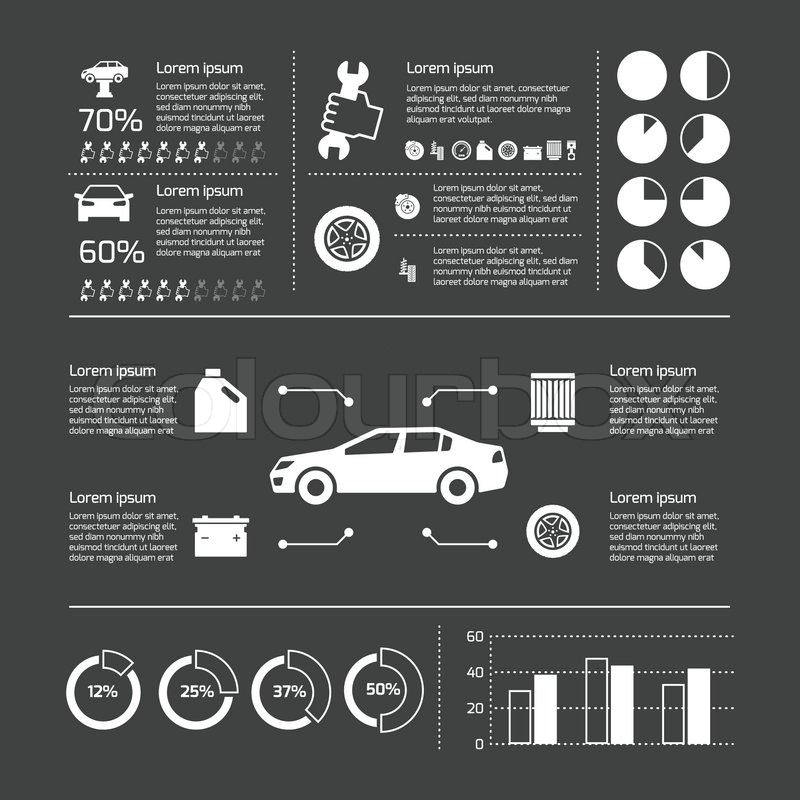Discover The Significance Of The Control Panel Warning Lights In Your Auto To Make Sure The Health And Safety Of Your Car
Discover The Significance Of The Control Panel Warning Lights In Your Auto To Make Sure The Health And Safety Of Your Car
Blog Article
simply click for source Composed By-Justesen Gross
When you lag the wheel, those beautiful warning lights on your dashboard can be a little bit puzzling. Do you know what they're trying to inform you about your car's health? Recognizing the significance of these lights is essential for your security and the durability of your automobile. So, the next time among those lights turns up, would not you wish to decode its message precisely and take the required steps to address it?
Common Caution Lighting and Interpretations
Identify common warning lights in your auto and understand their definitions to guarantee secure driving.
One of the most regular warning lights include the check engine light, which signals issues with the engine or exhausts system. If this light begins, it's crucial to have your car inspected promptly.
The oil stress warning light indicates low oil pressure, needing prompt focus to stop engine damages.
A blinking battery light could recommend a faulty billing system, possibly leaving you stranded otherwise attended to.
The tire pressure tracking system (TPMS) light signals you to reduced tire stress, influencing vehicle security and gas performance. Ignoring this could result in risky driving problems.
The abdominal muscle light indicates a problem with the anti-lock stopping system, jeopardizing your capability to stop promptly in emergencies.
Last but not least, the coolant temperature level advising light warns of engine getting too hot, which can cause serious damages otherwise settled swiftly.
Recognizing these common caution lights will help you attend to problems promptly and maintain safe driving problems.
Relevance of Prompt Attention
Understanding the typical caution lights in your auto is only the initial step; the importance of immediately addressing these warnings can not be emphasized sufficient to guarantee your security when traveling.
When a caution light illuminates on your dashboard, it's your auto's method of communicating a prospective concern that needs attention. Neglecting these warnings can lead to extra severe problems down the road, endangering your security and potentially costing you a lot more out of commission.
Trigger focus to cautioning lights can prevent malfunctions and accidents. For instance, a blinking check engine light could indicate a misfire that, if left neglected, might cause damages to the catalytic converter. Resolving this quickly can save you from an expensive fixing.
In a similar way, a brake system cautioning light may signal low brake fluid or used brake pads, crucial components for your safety and security when driving.
DIY Troubleshooting Tips
If you see a caution light on your dashboard, there are a few DIY troubleshooting ideas you can try before seeking expert help.
The primary step is to consult your auto's handbook to understand what the specific caution light indicates. In some cases the problem can be as straightforward as a loosened gas cap triggering the check engine light. Tightening the gas cap may settle the issue.
Check This Out is a reduced battery, which can activate different advising lights. Checking the battery connections for rust and guaranteeing they're safe and secure might fix the issue.
If a caution light persists, you can try resetting it by separating the auto's battery for a couple of mins and after that reconnecting it. Additionally, checking your automobile's fluid levels, such as oil, coolant, and brake liquid, can aid troubleshoot cautioning lights connected to these systems.
Conclusion
In conclusion, comprehending your car's warning lights is necessary for keeping your automobile running smoothly and safely. By quickly addressing these signals and recognizing what they indicate, you can prevent costly repair work and possible break downs.
Bear in mind to consult your vehicle's manual for specific details on each cautioning light and take action as necessary to ensure a trouble-free driving experience.
Keep notified, stay secure when traveling!
